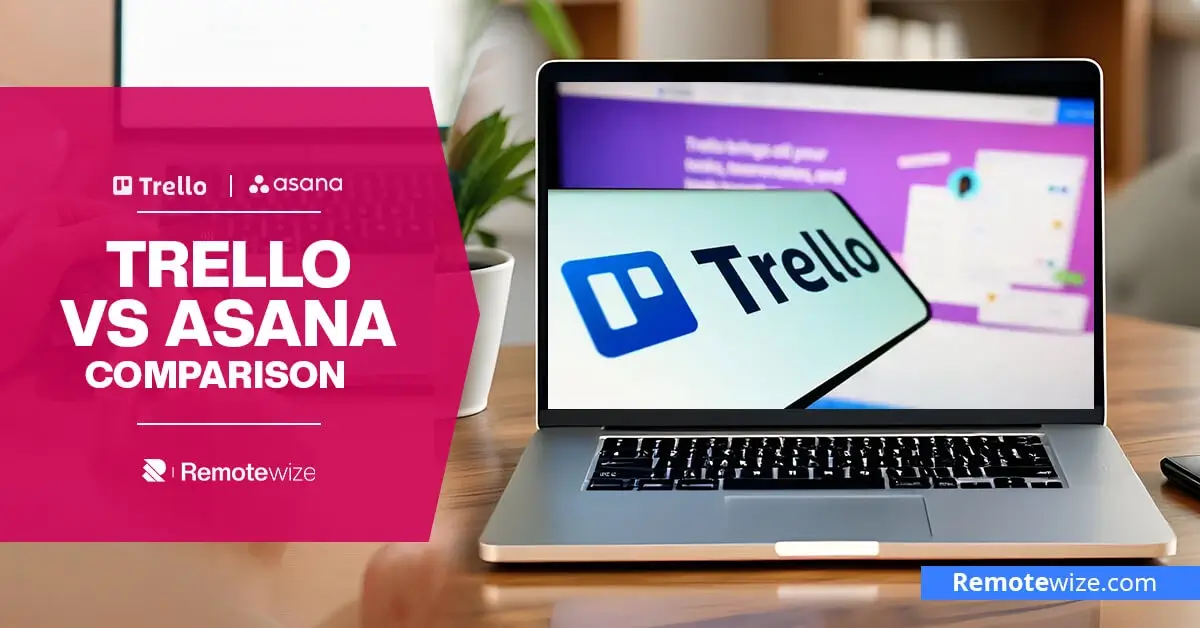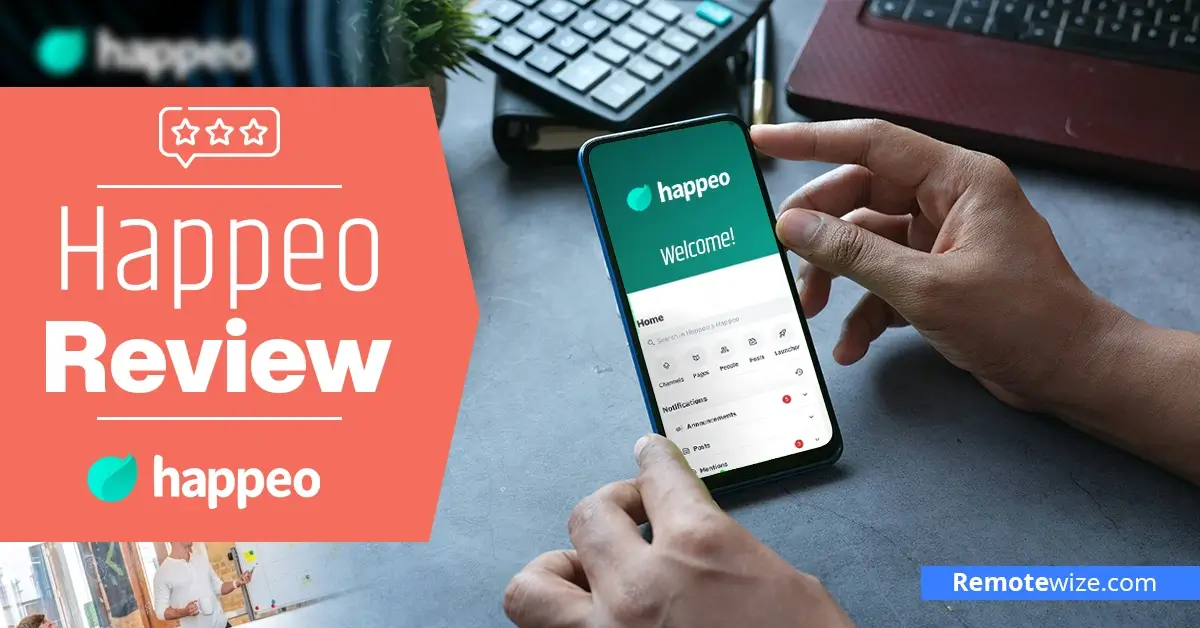Trello vs Asana 2026: The Real Differences You Need to Know to Choose Confidently
Feeling overwhelmed by messy task lists and endless email threads? This Trello vs Asana breakdown shows which project management software delivers the structure, automation, and simplicity you need to manage projects efficiently.
7 Best Free Video Conferencing tools with No Time Limit for 2026
If you’re tired of rushing conversations or losing momentum during virtual meetings, you’re in the right place. This guide reveals the best free video conferencing software no time limit to help you meet, teach, or collaborate without interruptions.
How to Use Notion: A Beginner’s Guide to Using Notion AI Based on Real-World Workflows
Notion has the power to transform how you think, plan, and work if you know where to start. In this beginner’s guide, you’ll learn how to use Notion and Notion AI to build workflows that bring structure, focus, and creativity to your daily routine.
Webex Pricing Guide for 2026: Free, Unlimited, and Business Plans Explained
This Webex pricing guide breaks down what you should expect from this tool’s free plan and paid tiers. Discover what each plan offers and its cost to determine the right plan for your video conferencing, calling, or webinar needs.
7 Steps to Developing An Effective Communication Strategy in 2026
Design a communication strategy that works. We give actionable internal communication tips, workplace examples, and a communication strategy template you can adapt in 2025. Keep reading and learn how to communicate with your team better.
Asana Pricing in 2026: A Complete Breakdown of Free Plan, Paid Plans, and Add-ons
This Asana pricing guide breaks down everything from the free plan to its most advanced tiers. Discover what’s included in each plan, when it’s worth upgrading, and how to choose the right plan for your team’s projects. It doesn’t matter if you’re just starting out or scaling fast.
10 Best Communication Software for Small Teams
Endless email threads, missed updates, and scattered chats are holding your team back. Keep reading to discover the best communication software for small teams. These tools centralize chat, meetings, and tasks, so your team can stay aligned and productive.
10 Best Notion Alternatives: Tested and Ranked by Experts in 2026
Looking for Notion alternatives? Discover the top 10 productivity tools with better pricing, offline access, and powerful features like AI docs, databases, and team collaboration. Find your perfect Notion replacement, regardless of whether you need one for work or personal projects.
Happeo Review 2026: Ease of Use, Pricing, and Features
Happeo combines communication and content management in one hub. This Happeo review breaks down its core features, pricing, and top alternatives for growing teams looking to streamline internal collaboration.
Zoom Pricing Guide for 2026: Free, Unlimited, and Business Plans Explained
This Zoom pricing guide breaks down everything from the Basic (free) plan to its paid tiers. Get the right plan for your virtual meetings needs, from small to large-scale meetings. Learn what is included and when it is worth upgrading.










